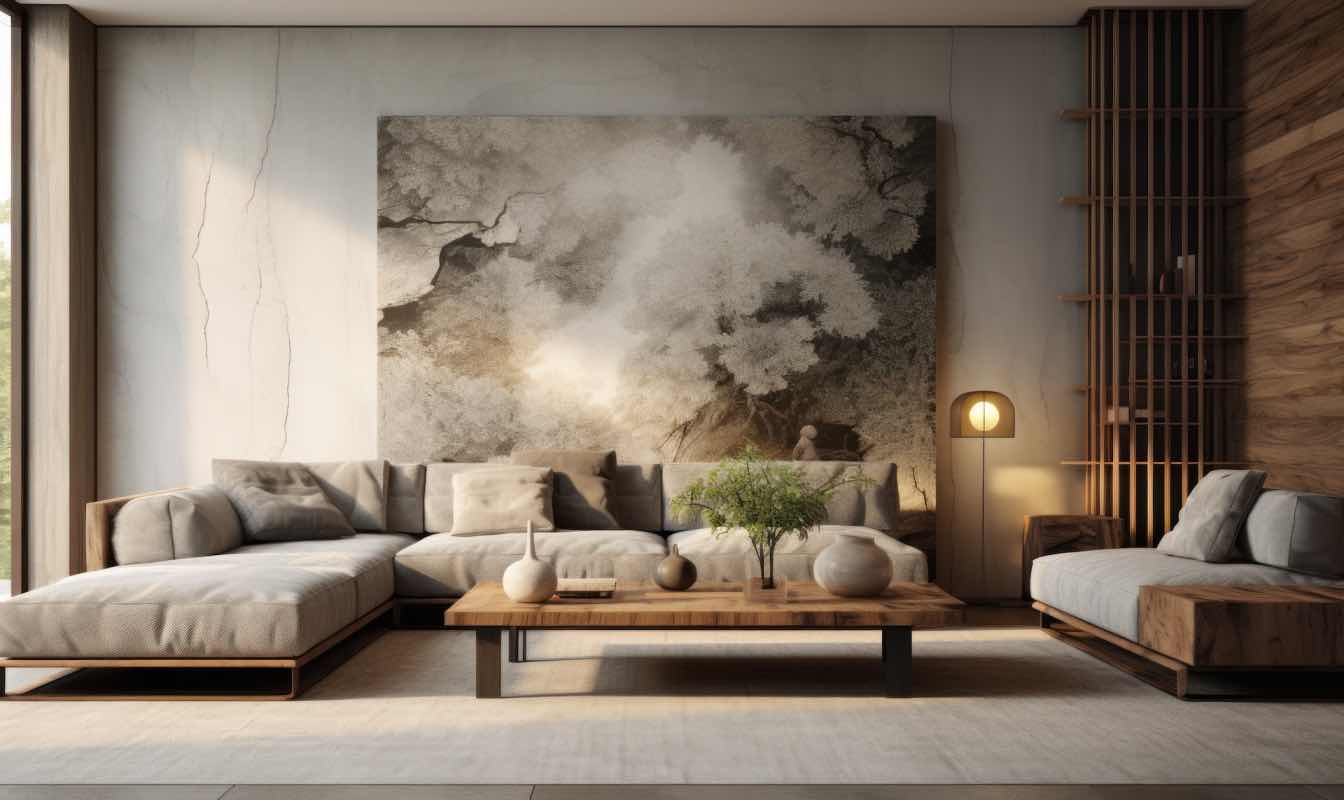The relevance of architectural design in contemporary society lies in its ability to shape the built environment and enhance people's quality of life. Architecture involves the creation of liveable, environmentally friendly, and functional spaces that cater to the needs of the inhabitants rather than only focusing on aesthetically pleasing buildings.
When handling customers in modern times, architects must consider several factors while designing a structure, such as energy efficiency, accessibility, and environmental impact. In addition, architects must consider the cultural and social context in which the building will be located and design buildings embodying and enhancing the local community.
Let’s explore further.
Fundamentals of Architectural Design
Architecture is the discipline that combines artistic and scientific principles to create and build structures, including buildings and other physical spaces. The method is a combination of creative and technical elements. Architects must comprehensively understand the pragmatic aspects of building construction while seamlessly integrating the artistic ingenuity and aesthetic appeal required to create a remarkable structure. Now, let's examine some fundamental elements of architectural design.
Architects employ a variety of methodologies to craft designs that are visually appealing and structurally robust. Architects frequently use sketches, drawings, models, and computer-aided design (CAD) software to aid in visualising their concepts before their physical construction. Architects can utilise a range of design styles, including Art Deco, Modernism, and Gothic Revival, in addition to the tools at their disposal to create their projects.
The design method commences by comprehending the objective or intention of the undertaking, such as creating a novel office edifice for a corporation, and then advances via diverse stages till finalisation. This encompasses the examination of the site and current circumstances, assessment of user requirements, formulation of preliminary plans, selection of materials, examination of legal obligations, creation of comprehensive drawings, preparation of specifications, acquisition of permits, supervision of construction operations, and performance of evaluations after occupancy.
Architects have many materials at their disposal while creating a building or structure. Common materials used in construction include steel, concrete, wood, brick, stucco finishes, stone masonry, glass panels, metal siding systems, HVAC systems, insulation products, doors, windows, fixtures, cabinets, lighting, plumbing systems for water supply and drainage, as well as lighting systems and electrical wiring. These materials can be used in diverse manners to form distinct constructions that fulfil precise practical needs and aesthetic objectives. Depending on project objectives and budgetary limitations, architects may opt to prioritise a certain material or strategically blend different materials to enhance structural integrity or minimise expenses.
Innovative Design Strategies
In the ever-evolving realm of architecture, innovation is the primary catalyst that drives the sector towards progress. The discovery and integration of novel materials into the building and design processes is a highly thrilling area of innovation. Architects increasingly use novel materials to produce sustainable, efficient, and visually appealing structures, providing a wide range of new opportunities.
Fibre-reinforced polymers (FRPs) are an exemplary instance of a cutting-edge material that is causing a significant impact on architecture. FRPs, which possess both lightweight and high-strength characteristics, are transforming the field of structural design. Their exceptional flexibility and remarkable durability enable architects to conceive and construct shapes and forms that were previously considered unattainable. FRPs (Fibre Reinforced Polymers) empower architects to transcend conventional constraints, allowing for the incorporation of curved facades and delicately planned bridges.
Architectural designs are incorporating biodegradable and repurposed materials. Architects are investigating alternative materials, such as mycelium, bamboo, and salvaged wood, as sustainability becomes increasingly important. These materials provide a distinct visual appeal and tackle problems regarding the overconsumption of natural resources. These constructions demonstrate the fusion of creativity with environmental awareness, resulting in practical and environmentally beneficial buildings.
Casinos and Their Architectural Design
Ancient architectural structures house casinos, as evidenced by the Venetian and Caesars Palace, which demonstrate how architectural styles influence experiences. Inadequate designs and structures may deter prospective participants, whereas superior ones may increase revenue.
The architectural design of a casino is rapidly apparent to the eye. The aesthetic qualities of the design have an impact on player motivation and behaviour. The significance of architectural styles includes:
- Atmosphere and ambience
- Brand development (The establishment of a distinct corporate identity)
- Customer Satisfaction
- Importance in terms of themes and cultural relevance
- Financial earnings and attractiveness to consumers
Of the numerous casinos with recommended live dealer casino operators, only a few exhibit traditional architectural designs. Here are a few noteworthy design styles:
- Art Deco
- Victorian
- Neoclassical
- Mediterranean Revival
The contemporary technique of constructing and keeping gaming establishments pushes the limits of innovation. Some of these design styles include:
- Eco-Friendly & Sustainable
- High-tech & Futuristic
- Adaptive Reuse
Architectural Design in Urban Settings
The urban design of cities worldwide significantly influences the residents they cater to. As environmental designers, it is crucial to constantly enhance how cities positively impact inhabitants' lives as they go about their everyday routines in these metropolitan environments.
An essential approach to do this is to plan urban architecture that encourages cities to work together and collaborate, resulting in a mutually beneficial relationship with their residents. Implementing this approach will enhance a city's linked systems and facilitate the progressive development of its functioning, enhancing its ability to serve its residents effectively. To achieve this, it is crucial to discover and implement innovative methods for urban populations to interact with urban design to ensure that individuals' collective knowledge informs environmental changes and adaptation.
Technology in Architecture
The revolutionary character of technology has stretched its borders throughout the years, even in architectural design and practice. Currently, there are various advanced technologies available, such as mainstream Computer-Aided Design (CAD), Building Information Modelling (BIM) and its associated tools, 3D printing, virtual reality (VR), augmented reality (AR), clash detection software, machine learning, technology-assisted contracts like Integrated Project Delivery, geographic information system mapping software, and artificial intelligence, among numerous others.
It is intriguing and increasingly important to see the use of these technologies in the field of Architecture. These technologies significantly enhance the ability to design and build infrastructure.
Architectural Design in A Modern World: Conclusion
Ultimately, the importance of architectural design in modern civilisation cannot be overstated. Architecture is crucial in human society, from its origins in ancient civilisations to its contemporary function in designing environmentally friendly, functional, and aesthetically pleasing structures. Architects and other professionals in architectural design are responsible for constructing structures that meet the needs of diverse people while minimising adverse environmental impacts.





